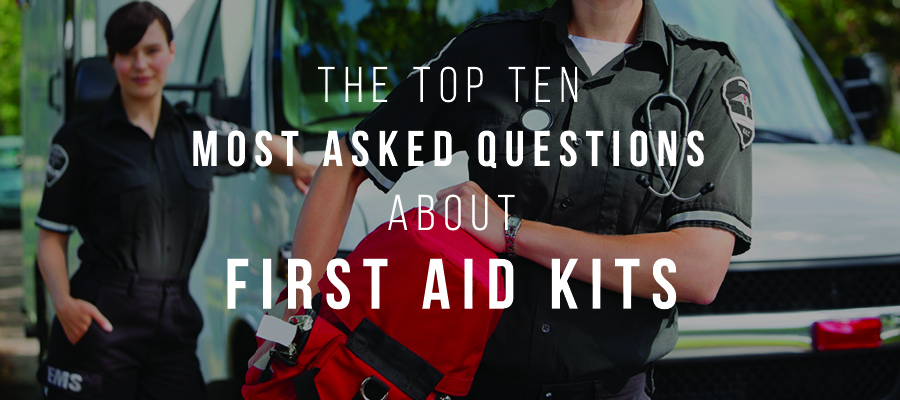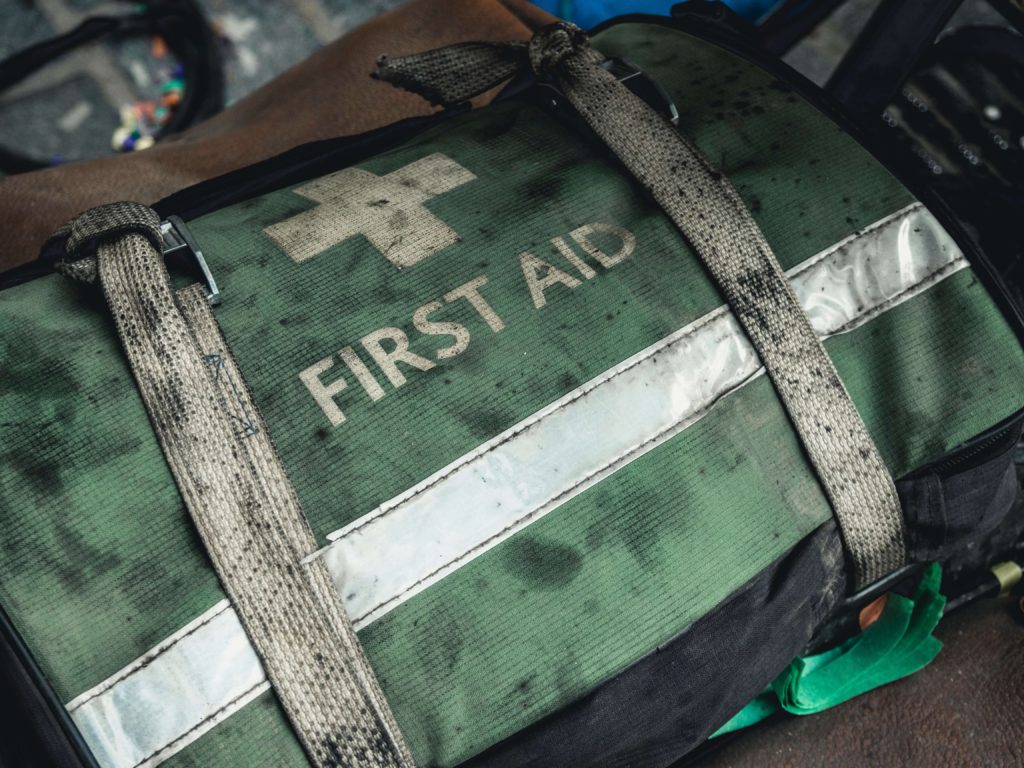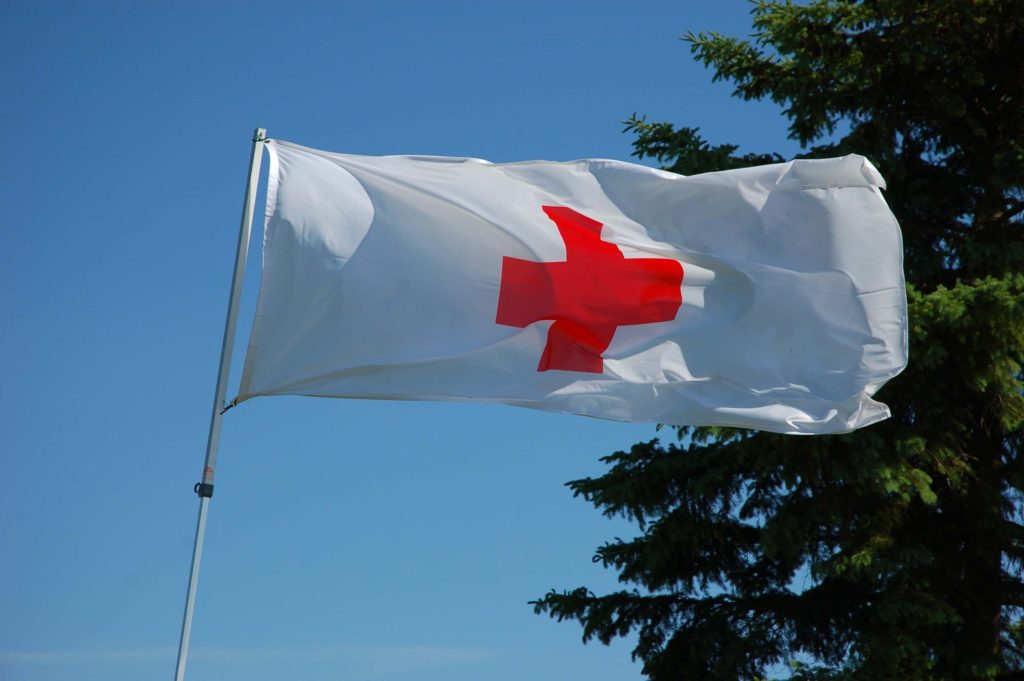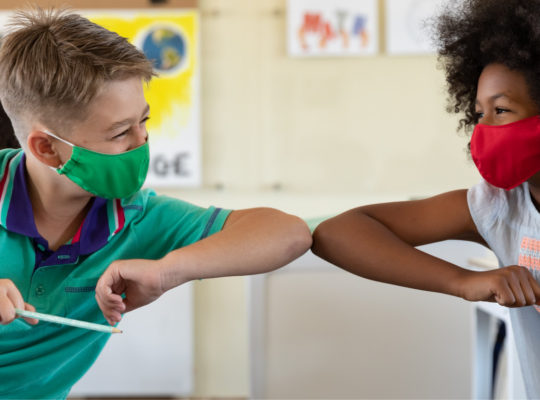
Although there is a First Aid Kit almost everywhere you go, public or private, there are some questions that are asked time and time again about their basic functions. This guide on the top 10 most common questions about first aid kits will help you to familiarize yourself with their content and uses, as well as give you a background on First Aid Kits.
1. Who needs a First Aid Kit?
This is possibly the question that people most frequently ask themselves, however, it’s more likely phrased as, “why do I need a First Aid Kit?” The reality is that everyone should have a First Aid Kit on hand. Whether it is in your car, your business, your home, or in your sports ems duffel bag; you never know when you will be able to put your First Aid Kit to use on yourself or on others. Many people seem to think that they will never have a need for a first aid kid. However, if you have ever had to use one, you know how important it is to have one of your own.
2. Why are first aid kits important?
A common misconception about First Aid Kits is that they are all contained in large white boxes that could be inconvenient to store or transport. This is, in some cases, untrue. A First Aid Kit can be personalized to cater to what you believe you should have on hand. Obviously, there are staple items that every First Aid Kit should have (ex: bandages, gauze, antiseptic, gloves, scissors, etc.), but the Kit of a firefighter may not necessarily be the same as the Kit of a stay at home parent.
3. Which First Aid Kit is best?
The best First Aid Kit is one that contains up to date, functioning medical supplies. As mentioned before, Kits vary based on who creates it, and therefore may be different aside from crucial items. For example, a Kit for your vehicle may be slightly different than a Kit in your kitchen, which may be different from that used for a sports team. If unused for a long period of time, supplies inside your Kit may expire or become less effective. It is always important to keep your First Aid Kit up-to-date. We recommend reviewing products on a yearly basis and updating or replacing components that may be low in stock.
WebMD has published a great guide to what a First Aid Kit should contain here.

4. Where should a First Aid Kit be stored?
A First Aid Kit can be stored where it is easily accessible in case of emergencies and everyday life. In a kitchen, we recommend a cupboard above the counter, under the sink, in an easily accessible drawer. You can store a first aid kit in the glove box or under the passenger seat in a car. In a business, somewhere it is easily accessible to both staff and customers is beneficial, such as a wall mount. If you are taking a first aid kit hiking, camping, or on any other journey, it is easy to keep them accessible.
5. Who regulates what is inside of First Aid Kits?
The Occupational Safety and Health Administration, or OSHA, sets strict guidelines of what should be in a business’ First Aid Kit. Their guidelines vary based on the size of the site and the number of employees. However, for personal first aid kits, you can make it your own. It is important to know the common injuries in the place of the first aid kit. A kit placed inside of a machine shop should look very different than a first aid kit that you take hiking. If you are building your own first aid kit for certain situations, it is best to do research on common injuries that you may face.
6. Who invented the First Aid Kit?
A great article published on the blog Kilmer House: The Story of Johnson & Johnson, reveals that the original First Aid Kit was invented in 1888 for men working on Railroads. Railway work was one of the most dangerous jobs of the time, and before the first kit, when there was an injury, a man would have to run to the nearest town and find a doctor, which could take hours if not days. For further reading on the topic, you can read their awesome post here.
7. When should you give First Aid?
Basic First Aid treatment involves treatment of burns, cuts, scrapes, insect stings, splinters, sprains, or muscle strains. If properly equipped with pain relievers or fever reducers, they can also be used in event of a fever, sore throat, or congestion. For example, an Obstetrical Emergency Birth Kit is crucial in situations where childbirth occurs unexpectedly, providing essential tools to ensure a safe delivery in emergency conditions. Remember: a First Aid Kit sometimes may not be enough to help on its own. In the event of a serious injury, be sure to contact your doctor or emergency services after or while providing temporary First Aid.

8. How can First Aid save lives?
Proper First Aid training can save lives. In a previous blog post we published about how a tourniquet should be a part of every First Aid Kit, we discussed an event in which a tourniquet saved the life of a man, William Anderson, and prevented him from bleeding out. Another major First Aid tactic known to save lives is CPR training. While training is not something that can be contained in a Kit, CPR kits and, even more portable, CPR Mask Keychains or Portable CPR Kits aid in the technique of CPR and at the same time can be used to protect oneself from while giving CPR using face and mask shields.
9. How long do first aid kits last?
First Aid Kits often have a shelf life of 3-5 years. However, regularly check that all its contents are up to date and replenished. This is important especially for first aid kits that you do not use often.
10. What are situations in which a First Aid Kit can be used?
A First Aid Kit is not only for emergencies or large wounds. You can use your first aid kit for something as small as a paper cut. In these scenarios, the bandages and antibiotic wipes will come in handy. A First Aid Kit is a place to keep and organize anything that could help you in any given medical situation. It is good to familiarize yourself with the contents and their uses, no matter how small. Keeping all first aid supplies in one place also helps children learn where they can find the things that will help them in case of an emergency without parental supervision. Because teaching children young is important (warning: baby video ahead).
Feel free to comment below with any other questions you may have about your own Kit, any products, or suggestions as to what you think should be in every kit.


